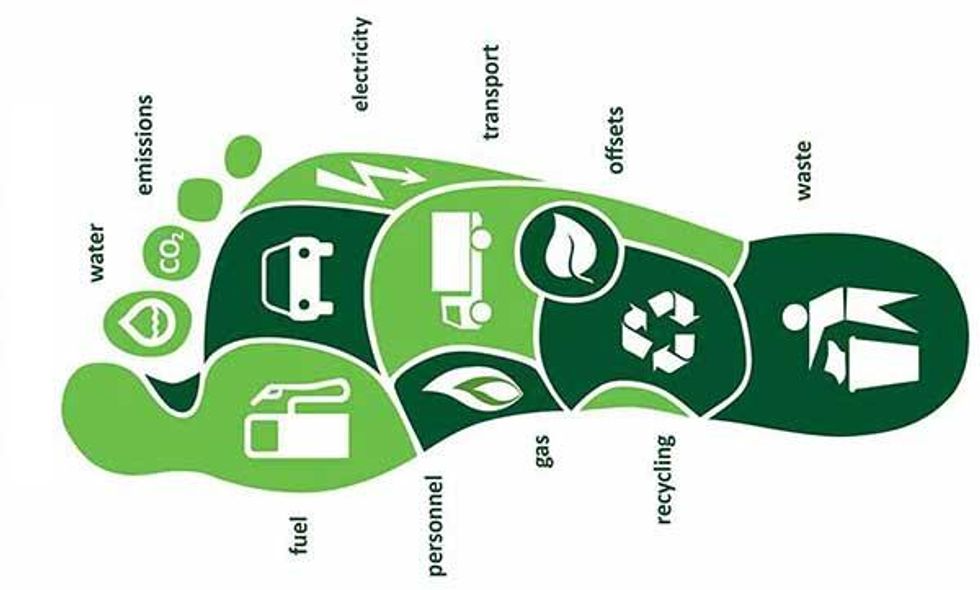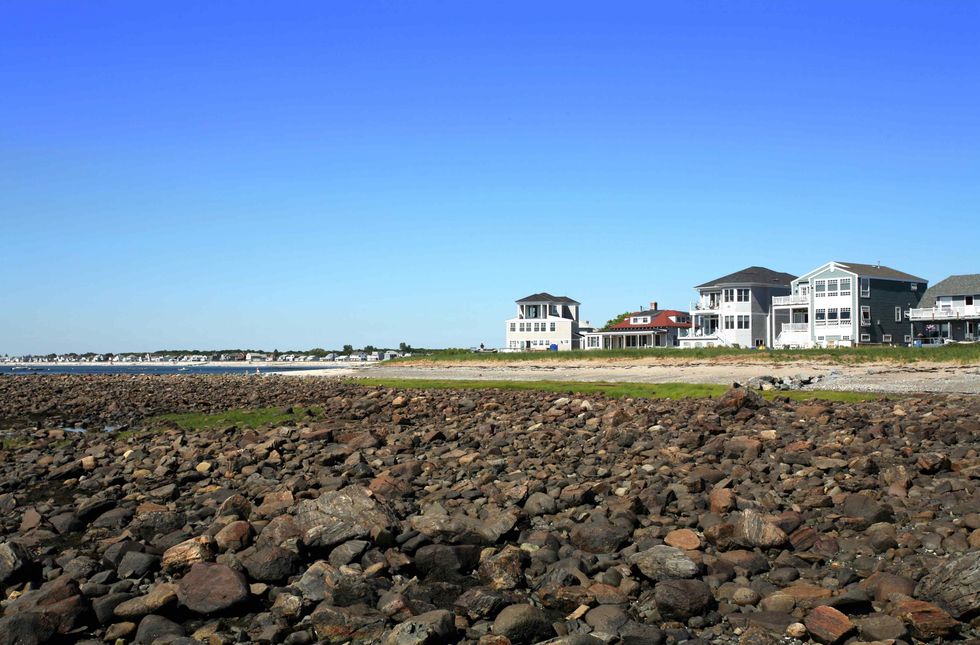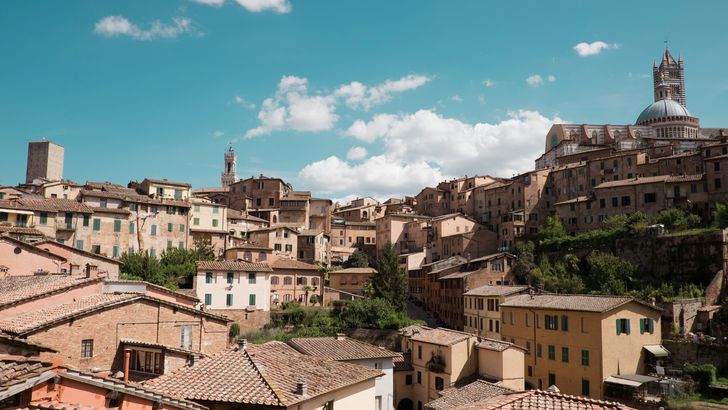In this modern age, we must be aware of our carbon footprint and what we can do to reduce it.
With increasing globalization and modernization, and the ever-increasing number of natural disasters, we need to be aware of how our actions affect us and those close by.
"Carbon footprint" measures the amount of carbon dioxide (CO2) an entity or person produces in their everyday life. It includes everything from cars to factories and homes. CO2 is an important factor in global warming because it traps heat from escaping from Earth's atmosphere into space. The more CO2 produced, the more heat gets trapped, which is why global warming is an increasing concern.
Here are a few ways that you can calculate carbon footprint:
You can also calculate carbon footprint on the greenly website to get an idea of your carbon footprint.
The average one-way air flight from Sydney to London has a carbon footprint of around 3 metric tons. Air travel is often criticized as one of the major causes of carbon dioxide emissions because it is an inefficient form of transportation. So if you're traveling further than New Zealand, then flying is not the way to go.
In addition to air travel, there are other ways you can reduce your carbon footprint when traveling - for example; carpooling reduces emissions by up to 90%. You can also reduce emissions by traveling with green power and avoiding car rental companies that are not carbon neutral.
How to reduce carbon footprint?
One of the easiest ways to reduce your carbon footprint is by using mass transit, such as buses and trains, whenever possible. You can save money on fuel costs and infrastructure maintenance by switching to public transport. Plus, since buses and trains are larger, you get to be around many more people instead of just yourself.
You can reduce your carbon footprint at home by using energy-efficient light bulbs. If you have excessive air conditioning or heaters running, consider buying an umbrella to keep cool or warm without the need for such high-powered devices.
It can also help to buy products that are produced with recycled materials. Not only does this reduce your carbon footprint, but it can also reduce the price of the goods you purchase. Therefore, buying recycled products is not only good for your wallet and the environment; it's also a win-win situation.
How can I calculate my carbon footprint?
The easiest way to calculate carbon footprint is using the World Wildlife Fund Carbon Calculator at www.carbonfootprint.com. The World Wildlife Fund Web site lists the largest emitters of carbon dioxide and other greenhouse gasses from its database of over 15,000 organizations and 50,000 sites operating today.
The best way to reduce your carbon footprint is not to buy products produced with non-recycled materials or products produced in countries that do not have strict environmental regulation laws (such as China).
FAQs:
Q. What is the carbon footprint?
A. Carbon footprint is the amount of carbon dioxide (CO2) emissions produced by an individual or organization in one year. The term "carbon dioxide" means the colorless, odorless gas that can be measured as a total mass or dissolved solution. (Greenpeace International)
Q. What is the difference between "carbon footprint" and "environmental footprint"?
A. When calculating your carbon footprint, it may seem like there is a distinction between the two terms--carbon dioxide emissions and environmental impact.
Q. What is a good carbon footprint?
A. Several factors can be used to measure the carbon footprint of an individual, a home, and an organization. The best way to measure a carbon footprint is to determine the most significant environmental issues. About 6,000 to 15,999 pounds per year of carbon footprint is ideal.
Q. What has the biggest carbon footprint?
A. Airplanes, cars, trucks, and buses are where most carbon emissions come from. This is why public transport has a much smaller carbon footprint than individual cars.
Q. What is the carbon footprint per person?
A. Every day, people use resources that take energy to produce and release CO2 into the air, which contributes to global warming. The average U.S. citizen produces 20 tons of CO2 yearly (EPA).
Q. What is the lowest carbon footprint?
A. Living in your home, conserving energy, and driving a hybrid car can help to reduce the carbon footprint of your lifestyle.












 Photo by
Photo by  Photo by
Photo by  Photo by
Photo by  Photo by
Photo by  Photo by
Photo by  Photo by
Photo by  Photo by
Photo by 


 File:Hampton Beach, New Hampshire - low tide - panoramio.jpg ...
File:Hampton Beach, New Hampshire - low tide - panoramio.jpg ... fire on fire pit during night time
Photo by
fire on fire pit during night time
Photo by  Free Images : american lobster, dish, new england clam bake ...
Free Images : american lobster, dish, new england clam bake ... vanilla flavor ice cream with chocolate syrup
Photo by
vanilla flavor ice cream with chocolate syrup
Photo by  File:Celebrity Silhouette (ship, 2011) 002.jpg - Wikimedia Commons
File:Celebrity Silhouette (ship, 2011) 002.jpg - Wikimedia Commons








